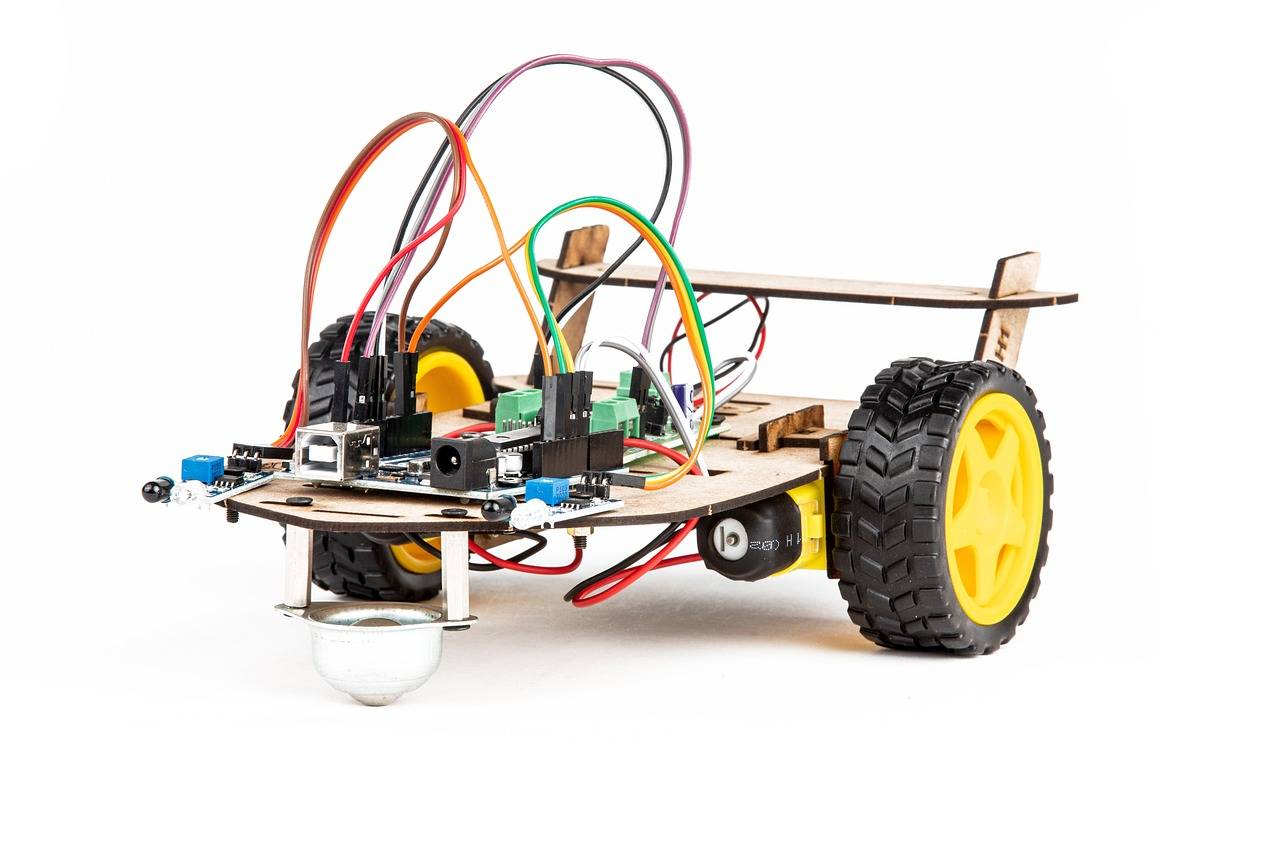Addressing the Digital Divide in Education: Ensuring Access to Technology for All Students
Students without access to technology face significant hurdles in their academic journey. One of the main challenges is the inability to participate fully in online learning platforms and digital resources. This can lead to feeling isolated from their peers and missing out on crucial educational materials, ultimately hindering their academic progress.
Additionally, students without access to technology may struggle to complete assignments and projects that require online research or technological tools. This puts them at a disadvantage compared to their peers who have access to necessary resources, impacting their grades and overall learning experience. The digital divide exacerbates existing educational inequalities and creates barriers that prevent students from reaching their full potential.
Impact of the Digital Divide on Educational Opportunities
Access to technology plays a crucial role in shaping educational opportunities for students today. The digital divide, which refers to the gap between those who have access to technology and those who do not, has a significant impact on educational outcomes. Students without access to technology may struggle to complete online assignments, conduct research, or participate in virtual classrooms, putting them at a disadvantage compared to their peers.
Furthermore, the digital divide can exacerbate existing inequalities in education, as students from low-income households or underserved communities are more likely to lack access to technology. This lack of access can hinder their ability to engage with digital learning resources and develop essential digital literacy skills, limiting their academic success and future prospects. Bridging the gap in access to technology is crucial to ensuring that all students have equal opportunities to thrive in the digital age.
Strategies to Bridge the Gap in Access to Technology
Technology plays a crucial role in modern education, yet many students face barriers in accessing necessary tools. To bridge this gap, schools and organizations can implement initiatives that provide students with devices and internet connectivity. Collaborating with technology companies and community partners can help secure donations and discounts on devices, ensuring more students have equal access to learning resources.
In addition to providing hardware, it is essential to offer training and support to students and educators on how to effectively utilize technology for academic purposes. Offering workshops, online tutorials, and tech support services can help enhance digital literacy skills among students and ensure they can navigate online learning platforms with confidence. By combining access to technology with proper training, schools can better equip students for academic success in today’s digital age.
• Providing students with devices and internet connectivity
• Collaborating with technology companies and community partners for donations and discounts on devices
• Offering training and support to students and educators on utilizing technology effectively
• Conducting workshops, online tutorials, and tech support services to enhance digital literacy skills
• Ensuring students can navigate online learning platforms confidently
What are some common challenges faced by students who do not have access to technology?
Some common challenges include limited access to online resources, difficulty completing assignments requiring technology, and feeling disconnected from the digital world.
How does the digital divide impact students’ educational opportunities?
The digital divide can lead to disparities in academic achievement, limited access to educational resources, and hindered development of digital literacy skills that are crucial in today’s world.
What are some strategies that can help bridge the gap in access to technology for students?
Some strategies include providing devices and internet access to students in need, offering technology training and support, and creating partnerships with organizations to secure resources for students.





